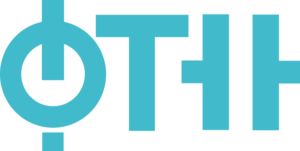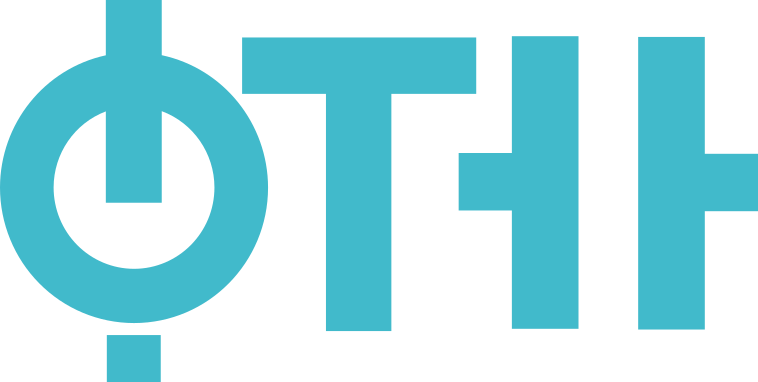Subject: Mechanics 1 (17.M103 )
Native organizations units: Chair of Technical Mechanics
Study programmes of the course:
| Type of studies | Title |
|---|---|
| Undergraduate Academic Studies | Mechanization and Construction Engineering (Year: 1, Semester: Winter) |
| Undergraduate Academic Studies | Production Engineering (Year: 1, Semester: Winter) |
| Undergraduate Academic Studies | Energy and Process Engineering (Year: 1, Semester: Winter) |
| Undergraduate Academic Studies | Technical Mechanics and Technical Design (Year: 1, Semester: Winter) |
| Category | Theoretical-methodological |
| Scientific or art field | Mechanics |
| ECTS | 5 |
Acquisition of basic knowledge in Statics. This knowledge will be used as a foundation for studying Mechanical elements and Strength of materials. Besides, it is the basis which enables students to develop the ability of three-dimensional visualization by analyzing problems in space.
Acquisition of knowledge necessary for the mechanical engineer.
1. Space and time. Motion and inaction. 2. Force as a measure of mechanical action. Static equivalent systems. 3. Projecting forces on axis. Analytical definition of force. 4. Torque as a measure of mechanical action. Torque forces. 5. Statics axioms. 6. Axioms on relationships. Relationships and relationship reactions. 7. Addition of intersecting forces. 8. Force decomposition into two components. Force decomposition into three non-parallel components in the plane. 9. Confronted system of forces in the plane. Balance conditions. 10. Theorem on three non-parallel forces in the plane. 11. Static determinacy and indeterminacy. 12. Momentum for a point. 13. Planar system of forces and torques. Balance conditions. 14. Balance of the rigid body planar system. 15. Sliding friction. 16. Rope friction on the cylindrical surface. 17. Rolling friction. Torque friction. 18. Spatial confronted system of forces. Balance. 19. Adding torques. Balance. 20. Crossed forces. 21. Momentum of the axis. 22. Spatial systems of forces and torques. 23. Reducing torsions on dynamo. Central axis. 24. Invariant of an arbitrary system of forces and torques in space. 25. Addition of two parallel forces. 26. Rigid body equilibrium. The proof of the equilibrium existence. 27. Equilibrium of a homogeneous three-dimensional body. Examples. 28. Equilibrium of homogeneous plates. Examples. 36. Equilibrium of homogeneous line. Examples. 29. Analytical statics. Small movement. The number of degrees of freedom. 30. The elementary shift of the body points. Elementary angle of body rotation. 31. Elementary work of force. Elementary work of torques. 32. Ideal relationships. 33. Principles of elementary work. 34. Stability of the equilibrium position.
Lectures are auditory, while practice is auditory and computing.
| Authors | Title | Year | Publisher | Language |
|---|---|---|---|---|
| 2013 | English | |||
| 2016 | English |
| Course activity | Pre-examination | Obligations | Number of points |
|---|---|---|---|
| Lecture attendance | Yes | Yes | 15.00 |
| Written part of the exam - tasks and theory | No | Yes | 15.00 |
| Exercise attendance | Yes | Yes | 15.00 |
| Coloquium exam | No | Yes | 40.00 |
| Oral part of the exam | No | Yes | 15.00 |
Prof. Rakarić Zvonko
Full Professor
Lectures
Prof. Kovačić Ivana
Full Professor
Lectures
Prof. Kovačić Ivana
Full Professor
Practical classes

Assistant - Master Balać Sonja
Assistant - Master
Practical classes
Faculty of Technical Sciences

© 2024. Faculty of Technical Sciences.
Contact:
Address: Trg Dositeja Obradovića 6, 21102 Novi Sad
© 2024. Faculty of Technical Sciences.



